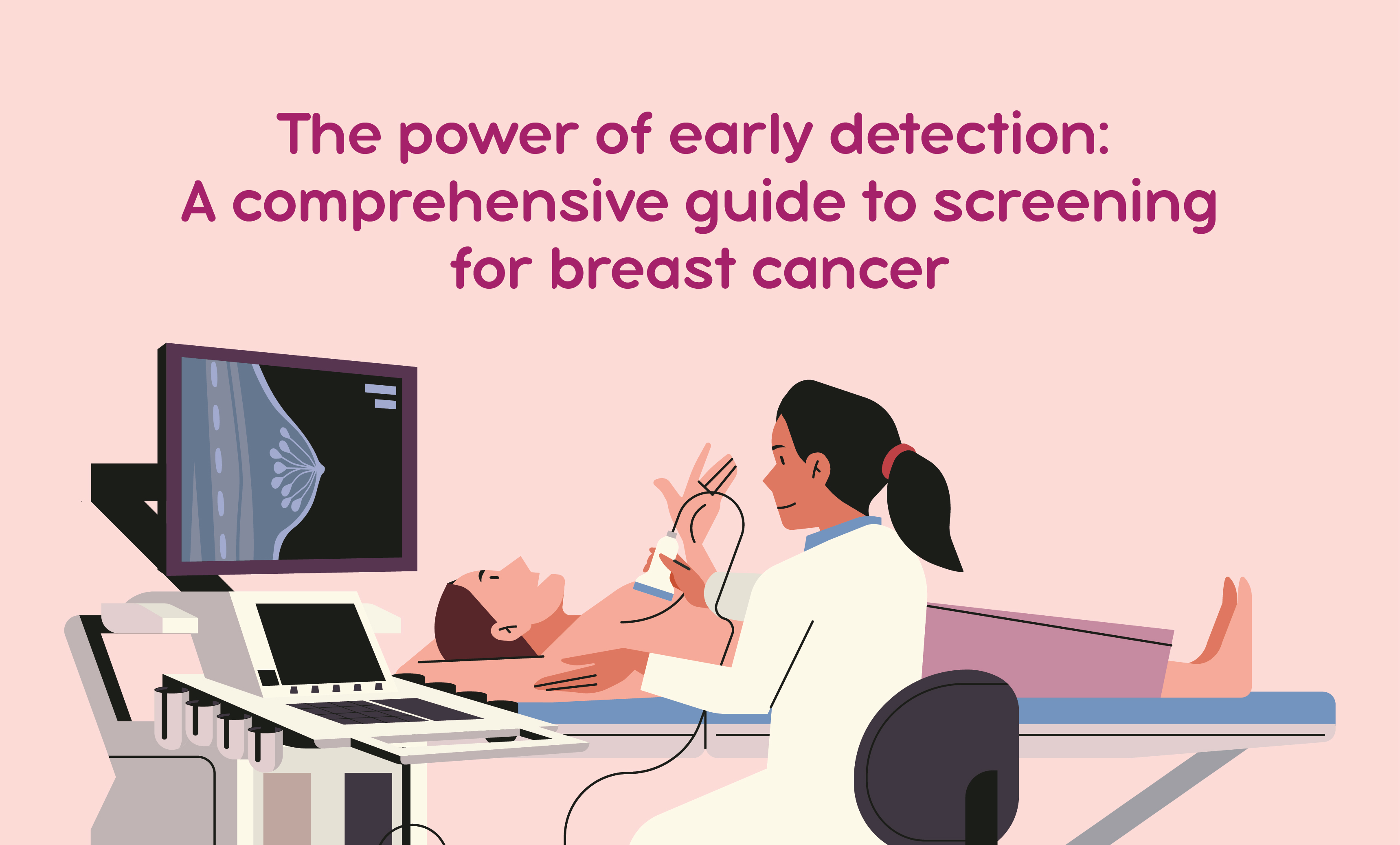
Breast cancer, a widespread health problem affecting millions of women worldwide, underscores the critical importance of early detection in improving treatment outcomes. Screening plays a key role in identifying abnormalities before symptoms appear, providing a lifeline for timely intervention and increasing the chances of successful treatment. This comprehensive guide navigates the breast cancer screening landscape, exploring the different methods available and their transformative impact on women's health.
Mammography: The gold standard in breast cancer screening
Mammography, which uses low-dose x-rays to produce detailed images of breast tissue, is the gold standard for breast cancer screening. It is highly effective at detecting tumours that may be too small to feel during a clinical examination. Regular mammograms, recommended annually for women over 40.
Beyond mammography: Complementary screening technologies
While mammography remains a critical tool, complementary screening technologies are adding to the diagnostic armamentarium. Breast ultrasound and magnetic resonance imaging (MRI) provide valuable information, particularly for women with dense breast tissue or those at higher risk due to genetic factors. These additional tests contribute to a more comprehensive approach and ensure that potential abnormalities are not missed.
Breast self-exams: Empowering women for early detection
Breast self-exams empower women to be proactive about their health. Regular self-exams allow individuals to become familiar with the normal look and feel of their breasts, making it easier to recognise any changes early on. While not a stand-alone method for comprehensive screening, breast self-exams are a valuable adjunct to clinical and imaging evaluation.
The role of artificial intelligence in screening accuracy
Advances in technology, particularly the integration of artificial intelligence (AI), are revolutionising breast cancer screening. AI algorithms analyse mammograms with incredible precision, helping radiologists identify subtle abnormalities. This not only increases accuracy, but also speeds up the screening process, potentially reducing waiting times for results.
Overcoming barriers to screening: Education and accessibility
Despite the clear benefits of breast cancer screening, barriers to access remain. This section of the guide discusses the importance of education and outreach initiatives to increase awareness of the need for screening. In addition, addressing socioeconomic and geographic barriers is critical to ensuring that all women have equal access to screening resources.
The Importance of Regularity: A Lifelong Commitment to Screening
Consistency is key in the realm of breast cancer screening. The guide emphasizes the importance of adhering to recommended screening schedules and underscores the impact of regularity in detecting potential issues early. Lifelong commitment to screening, coupled with advancements in technology, creates a powerful synergy in the fight against breast cancer.
Conclusion: Empowering Women Through Early Detection
In conclusion, the power of early detection in the realm of breast cancer cannot be overstated. A comprehensive screening approach, encompassing mammography, supplementary technologies, self- exams, and cutting-edge AI, empowers women to take control of their health. By navigating barriers to access, fostering awareness, and promoting regularity in screening, we collectively contribute to a future where breast cancer is not only detected early but also effectively and consistently managed, ultimately saving lives and preserving the well-being of countless women around the world.